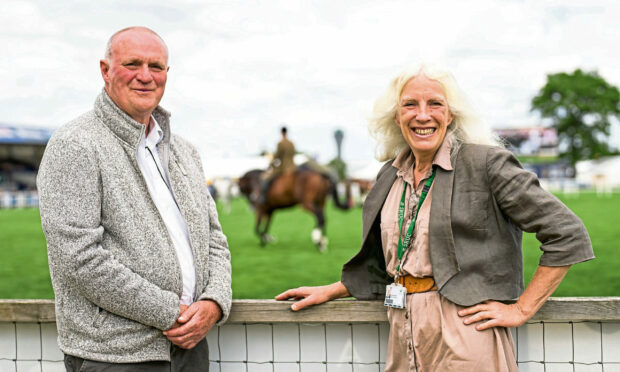Scotland’s Rural College has rejected the suggestion by Professor Julie Fitzpatrick, the chief executive of the Moredun Research Institute, that more vet schools won’t solve the problem of a diminishing supply of farm vets.
Responding to Prof Fitzpatrick’s comments in Saturday’s Press and Journal, Professor Caroline Argo, the dean of the vet school in development by SRUC, said the new facility aimed to deliver a different kind of educational experience that would ensure students are fully prepared to work in high-demand sectors –including remote and rural practice.
“By offering new pathway programmes and more holistic approaches to direct student selection, we hope to attract students who already understand and appreciate the challenges and appeal of living in rural communities and are therefore likely to be better prepared to return to and flourish in this setting across their professional life,” she said.
Low number of vets in rural practice
“The aim is to train up to 50 – largely Scottish-domiciled – students per year to become the specialists and general practitioners that are so essential for rural practices.”
Prof Argo conceded the numbers of vets in rural mixed and production animal practice is worryingly low, and the UK is not self-sufficient in attracting and retaining homegrown talent across many priority sectors.
Changes in the labour market have meant that the veterinary profession remains on the Home Office’s Shortage Occupation list and has a high dependency on largely EU vets to address shortfalls in priority areas which include remote and rural practice, veterinary public health, livestock health and welfare, and government services, including certification.
However there has also been a major reduction in RCVS registrations and the UK can no longer rely on overseas vets to fill gaps.
Prof Argo added: “It is now essential that we build new homegrown talent pools for ourselves, and equip them with the specialist skills, resilience and diversity that our rural communities, government and food sectors require.
“SRUC’s established tertiary experience will attract and support students from rural and non-traditional backgrounds to ensure that our reach is as wide as possible and underpinned by knowledge and awareness of the rural sector, general practice and food production.
“Moreover, a tertiary model complements and extends the repertoire of the established vet schools to meet Scotland’s priorities better.
“In Scotland, veterinary and related professionals are essential to our economy, promoting animal health and welfare, food quality and the future sustainability of remote communities, not to mention our drive towards net-zero.”


Conversation